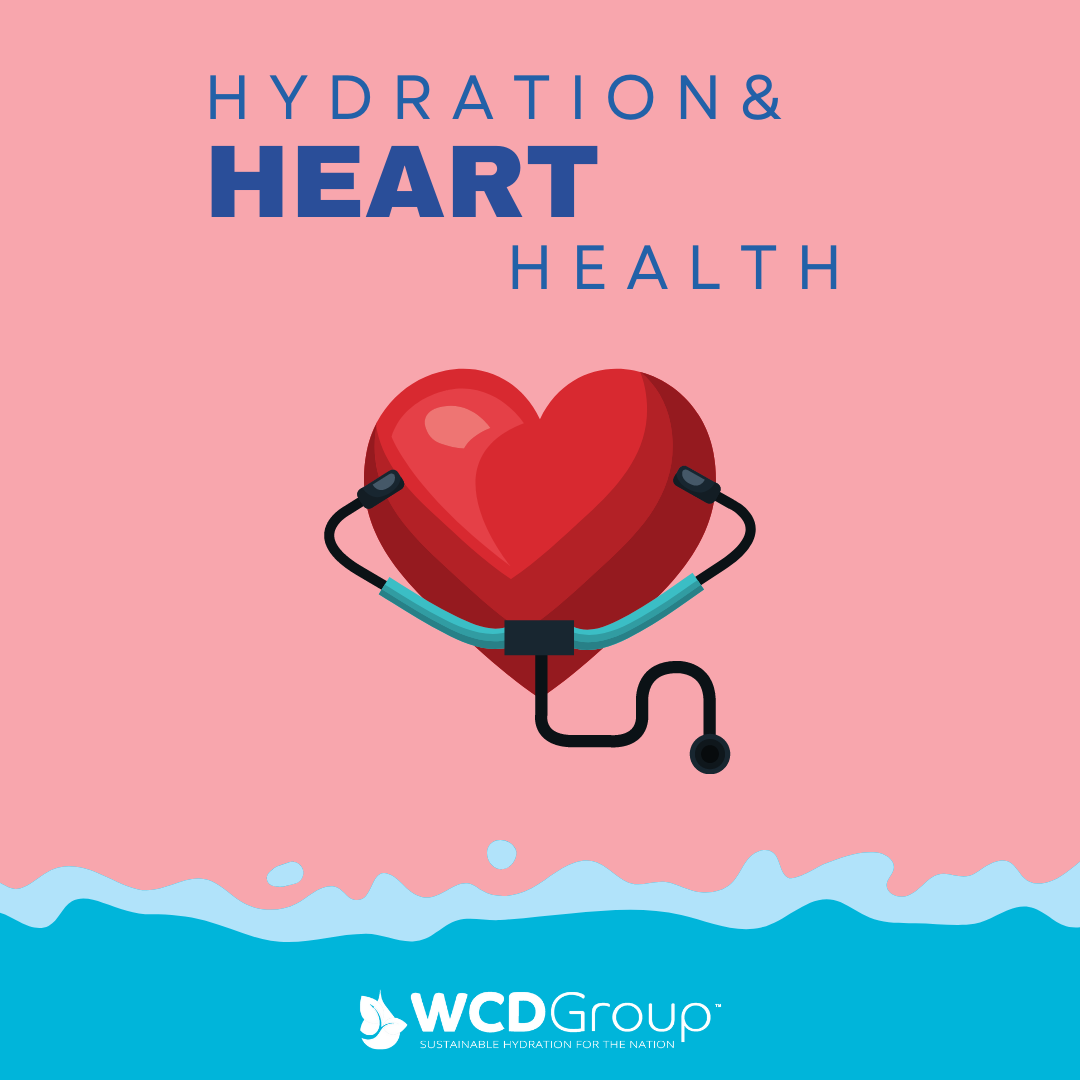NEW STUDY: Good hydration may reduce long-term risks for heart failure
“Similar to reducing salt intake, drinking enough water and staying hydrated are ways to support our hearts and may help reduce long-term risks for heart disease,” said Natalia Dmitrieva, PhD, the lead study author and a researcher in the Laboratory of Cardiovascular Regenerative Medicine at the National Heart, Lung, and Blood Institute (NHLBI), part of NIH.
After finding connections between dehydration and cardiac fibrosis (hardening of the heart muscles), Dmitrieva and other researchers started looking for similar connections in large-scale population studies.
The team assessed the hydration levels of the participants along with their ‘serum sodium’ levels, which increase as the body’s fluid level decreases.
This meant that they could identify participants with an increased risk for developing heart failure.
In a cohort of about 5,000 adults ages 70-90, those with serum sodium levels of 142.5-143 milliequivalents per litre (mEq/L) at middle age were 62% more likely to develop left ventricular hypertrophy (an enlargement and thickening of the heart). Serum sodium levels starting at 143 mEq/L correlated with a 102% increased risk for left ventricular hypertrophy and a 54% increased risk for heart failure.
‘Fluids are essential for a range of bodily functions, including helping the heart pump blood efficiently, supporting blood vessel function, and orchestrating circulation. Yet many people take in far less than they need’.
It is recommended that women have a minimum daily fluid intake of 6-8 cups (1.5-2.1 litres), and 8-12 cups (2-3 litres) for men.
Sometimes it can be difficult to remember to keep your fluid intake up. That’s why you need to make it one of your daily habits.
To do this, a refillable bottle needs to be part of your everyday arsenal. Have you seen ours? WCD Chilly Bottle
Now, what about a refill point?
It doesn’t have to be the shiny new Clover D25 Touchless or even the classic Cosmetal River 55 Fountain.
But just make sure it’s clean and refreshing.




